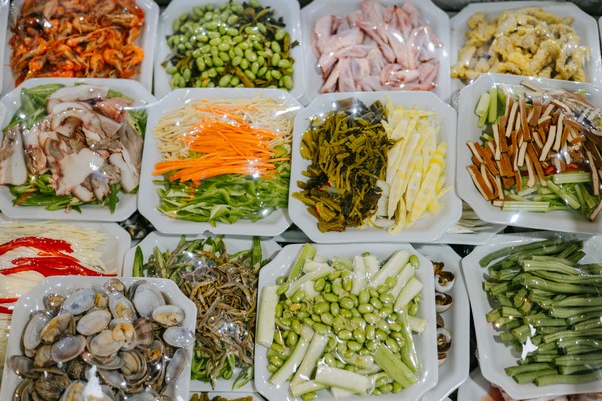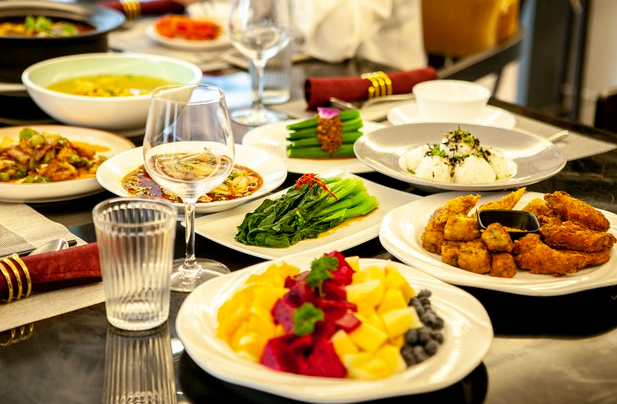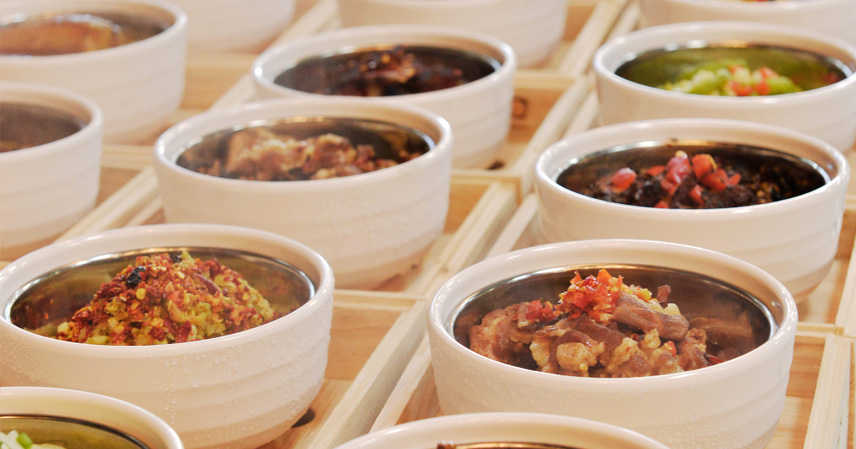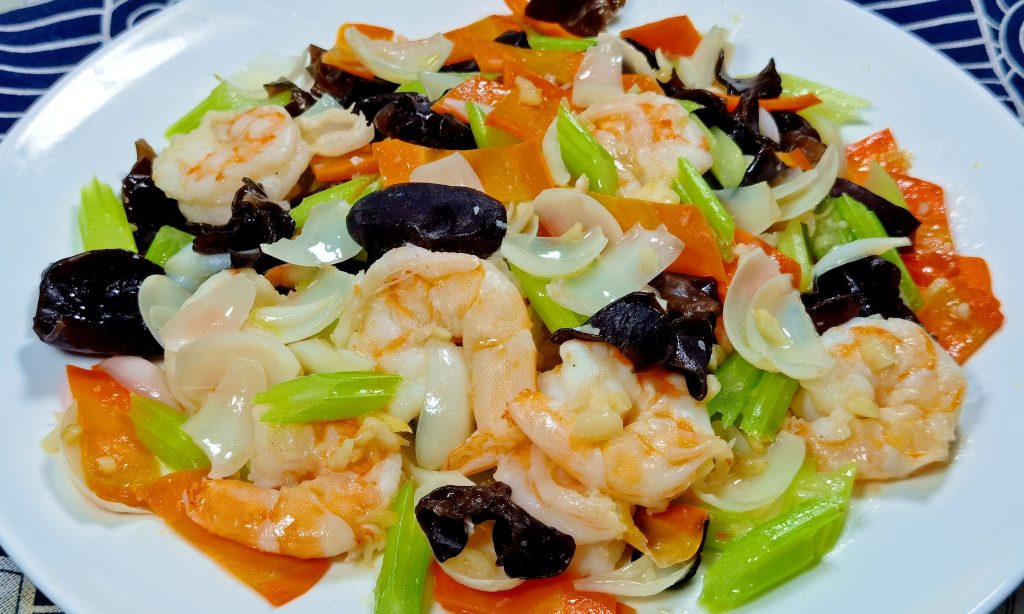The other day, I scrolled across a video from a restaurant owner in Northeast China sharing his take on the recent “Beibei incident.” It struck a chord, so I’m passing it along—it’s a raw reminder for anyone in the game.
As the owner described, post-scandal, his chain’s brick-and-mortar spots have been ghost towns. During prime 7 p.m. dinner hours, some locations sit empty, while others limp along with just two or three tables scattered about.
He couldn’t help but sigh: Don’t kid yourself that scaling up makes you invincible—a single slip can wipe you out overnight.

The Owner’s Hard-Earned Wisdom
In his view, running a restaurant is like walking a tightrope—you’ve got to respect the market’s whims. Especially when hit with customer gripes, don’t rush to clap back. Instead, he urges managers and head chefs to step up immediately: “I dropped the ball—it’s on me,” owning the blame upfront, then offering fixes like comped meals or swaps.
Why? Because, as he puts it, “Customers aren’t after a win-lose debate; they just want your attitude.”
That line? A gut-punch truth bomb for the industry. It’s especially poignant for pre-made food advocates, who could stand to unpack its deeper meaning.

The Pre-Made Food Firestorm: Business vs. Consumer Clashes
Lately, pre-made dishes (those frozen or packaged ready-meals) have reignited debates, and the standoff boils down to polarized views between chains and diners.
From the operator’s lens, pre-mades are no villain. Their case rests on three pillars:
First, tech ensures safety and nutrition. Advanced cold-chain and packaging lock in freshness—take the two-year-shelf-life broccoli that’s sparked uproar; some claim quick-freeze methods preserve 30% more nutrients than “fresh” supermarket stuff.

Second, they meet national standards. With Beijing pushing the sector, compliant pre-mades are fully legit.
Third, it’s industry norm. Scan domestic chains—few skip them entirely, whether fully cooked or semi-prepped. They’ve been around since the ’90s in hotels; even McDonald’s, KFC, and Pizza Hut rely on them without backlash. So why target local brands?
Faced with doubts, some operators adopt a superior tone, dismissing diners as uninformed and needing “education”—a recipe for alienation.
The Diner’s Side: Nutrition, Taste, and Value Gaps
Consumers see it differently, boiling down to three core beefs:
First, nutrition falls short. Sure, tech preserves some, but in public minds, pre-mades pale next to fresh-cooked. Leftover home meals turn “geyecai” (overnight dishes) after a day—folks freeze but skip feeding kids. A one- or two-year shelf life? Hard to swallow without quality dips.

Second, flavor fizzles. Folks hit restaurants for convenience and that wow-factor taste—Chinese cuisine’s soul, with its “thousand flavors for a thousand cooks.” Unlike standardized Western fare, a dish varies by chef or spot. Why splurge on fine dining? For masterful, bespoke bites. Pre-mades? Just heat-and-serve, sidelining cooks and eroding mid-Chinese charm toward bland uniformity.
Third, it’s overpriced. Diners don’t blanket-hate pre-mades—McDonald’s and KFC get love because they’re cheap (under 50 yuan feeds you right). But chains charging 100–150 yuan per head for the same? That’s bait-and-switch: You pay premium expecting wok-fresh, get frozen factory stuff. The letdown—and poor value—fuels the fury.
Bottom line: Diners seek ease, safety, deliciousness, and fair pricing. Yet many operators view pre-mades through their own lens, imposing “truths” without empathy—arrogance that ignores market reverence and customer dignity, standing in opposition rather than alliance.

Truth is, no one’s absolutist against pre-mades; it’s about transparency and value. Own it, price it right, and diners roll with it—like fast-food giants.
But some operators double down, lecturing from on high, forcing “right vs. wrong” showdowns—a boneheaded move.
As our Northeast owner nailed it: Diners crave attitude, not arguments.
If pre-made chains fessed up, addressed concerns, apologized humbly, and sought input with sincerity, the outrage might fizzle. It’s not the food—it’s the fight.



